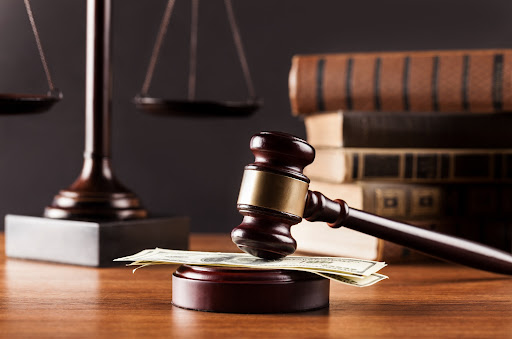With the Christmas season quickly approaching, it’s only a matter of time until the weather shifts to a much colder and challenging climate. While the city looks very peaceful blanketed in white, navigating around town can present its own set of troubles – especially for those who are not prepared for driving in winter weather.
The Canada Safety Council outlines these 9 important steps to remember for safe and successful winter driving.
Step 1: Make sure that your vehicle is prepared for winter driving.
Winter tires are a great option for stronger traction under snowy or icy conditions. Keep a snow brush/scraper in your car, along with possible emergency items such as a lightweight shovel, battery jumper cables, and a flashlight. Make sure that mirrors, all windows, and the top of your vehicle, are free of snow or frost before getting onto the road.
Step 2: Drive smoothly and slowly
Abrupt turns or stops when driving can often cause your vehicle to lose control and skid. Driving too quickly is the main cause of winter collisions. Be sure to drive slowly and carefully on snow and ice covered roads.
Step 3: Don’t tailgate.
Tailgating becomes much worse in winter weather because stopping takes much longer on snowy and icy roads than on dry pavement. Leave enough room between your vehicle and the one in front of you.
Step 4: Brake before making turns.
Brake slowly to reduce speed before entering turns. Once you have rounded the corner you can gradually accelerate again.
Step 5: Learn how to control skids.
When skidding, you actually need to go against your natural instincts and turn into the skid and accelerate. Doing so transfers your vehicle’s weight from the front to the rear and often helps vehicles to regain control.
Step 6: Lights On.
Keep your lights on to increase your visibility to other motorists.
Step 7: No Cruise Control.
Never use cruise control if conditions are snowy, icy, or wet.
Step 8: Don’t “pump” the brakes.
If your vehicle is equipped with an anti-lock breaking system (ABS), do not “pump” the brakes. Apply constant pressure and let the system do its work.
Step 9: Pay attention.
Maneuvers are more difficult to make in the snow. Be sure to anticipate what your next move is going to be to give yourself lots of room for turns and stopping.
If you were not at fault for the car accident, you may be able to seek damages from the insurance company of the individuals responsible. Our experienced lawyers at Lancaster Chown & Welch LLP can be your advocate in seeking appropriate compensation and benefits for your injuries stemming from a car accident.

